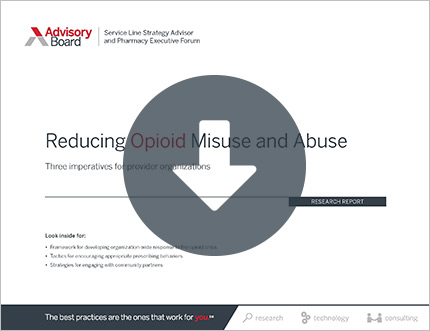Auto logout in seconds.
Continue LogoutThe United States ranked as the 19th happiest country in the world on the United Nations' latest "World Happiness Report," marking the worst ranking the United States has had since they launched in 2012, Alex Ward writes for Vox.
Finland tops the list
For the report, researchers surveyed 156 countries and scored them on a 0-10 scale based on six metrics:
- Generosity;
- Gross domestic product per capita;
- Healthy life expectancy;
- Perceptions of corruption;
- Residents' freedom to make life choices; and
- Social support.
Finland topped the list, followed by Denmark and Norway. The United States dropped in the rankings for the third-straight year, falling to 19th.
Why are Americans unhappy?
It's unclear exactly why Americans aren't happy, Ward writes. However, the authors of the report suggested one key factor: addiction.
According to Jeffrey Sachs, a professor at Columbia University who authored of a section of the report called "Addiction and Unhappiness in America," the report provides "sobering evidence of how addictions are causing considerable unhappiness and depression in the [United States]." He added, "The compulsive pursuit of substance abuse and addictive behaviors is causing severe unhappiness."
The ongoing opioid epidemic in the United States is the "deadliest drug overdose crisis in U.S. history," Ward writes. He notes, "In 2016 alone, drug overdoses killed more Americans than the entire Vietnam War and car crashes, gun violence, and HIV/AIDS ever did in a single year."
Experts estimate more than 170 people die each day from drug overdoses in the United States, and most of those deaths are linked to opioids, Ward writes.
Sachs said, "Government, business, and communities should use these indicators to set new policies aimed at overcoming these sources of unhappiness" (Ward, Vox, 3/21; World Happiness Report FAQ, accessed 4/1).
Make your patients healthy and your ED happy with community paramedicine
Our infographic explains how community paramedics can help extend the care team to achieve these system goals.
Don't miss out on the latest Advisory Board insights
Create your free account to access 1 resource, including the latest research and webinars.
Want access without creating an account?
You have 1 free members-only resource remaining this month.
1 free members-only resources remaining
1 free members-only resources remaining
You've reached your limit of free insights
Become a member to access all of Advisory Board's resources, events, and experts
Never miss out on the latest innovative health care content tailored to you.
Benefits include:
You've reached your limit of free insights
Become a member to access all of Advisory Board's resources, events, and experts
Never miss out on the latest innovative health care content tailored to you.
Benefits include:
This content is available through your Curated Research partnership with Advisory Board. Click on ‘view this resource’ to read the full piece
Email ask@advisory.com to learn more
Click on ‘Become a Member’ to learn about the benefits of a Full-Access partnership with Advisory Board
Never miss out on the latest innovative health care content tailored to you.
Benefits Include:
This is for members only. Learn more.
Click on ‘Become a Member’ to learn about the benefits of a Full-Access partnership with Advisory Board
Never miss out on the latest innovative health care content tailored to you.

